Development Skills for Product Elements
Playgrounds play an important role in the development of children of all abilities. They provide multi-sensory experiences that help to build the brain more quickly. See the specific definitions of each developmental skills area below.
SENSORY
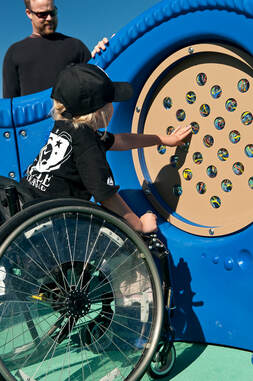
Visual: Element that engages/enhances visual skills
Auditory: Element that engages/enhances auditory skills
Proprioception: Element that engages/enhances muscle skills--this is further defined by the motor skill category
Tactile: Element that engages touch
Vestibular: Element that engages body movement
Vestibular+: Element that includes additional movement in unexpected ways
Auditory: Element that engages/enhances auditory skills
Proprioception: Element that engages/enhances muscle skills--this is further defined by the motor skill category
Tactile: Element that engages touch
Vestibular: Element that engages body movement
Vestibular+: Element that includes additional movement in unexpected ways
MOTOR SKILLS
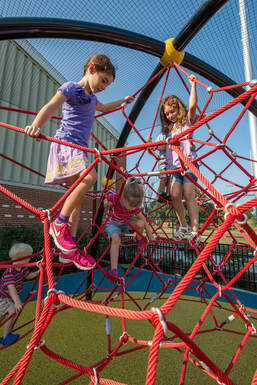
Fine Motor: Element that engages the hands and fingers
Agility: Element design challenges the user to change body position in space to succeed
Balance: Element challenges the user to stay upright and/or keep from falling off equipment to succeed
Cardiovascular: Element causes an obvious increase of heart rate during play
Coordination: Element challenges the user to use a combination of muscles to succeed
Eye-hand coordination: Element specifically encourages the user to look at hand placement to succeed
Endurance: Element involves distance and/or long duration of muscle work for a longer than typical time period to succeed
Motor Planning: Element challenges the user to move through a series of motor skills to succeed
Agility: Element design challenges the user to change body position in space to succeed
Balance: Element challenges the user to stay upright and/or keep from falling off equipment to succeed
Cardiovascular: Element causes an obvious increase of heart rate during play
Coordination: Element challenges the user to use a combination of muscles to succeed
Eye-hand coordination: Element specifically encourages the user to look at hand placement to succeed
Endurance: Element involves distance and/or long duration of muscle work for a longer than typical time period to succeed
Motor Planning: Element challenges the user to move through a series of motor skills to succeed
COGNITIVE SKILLS
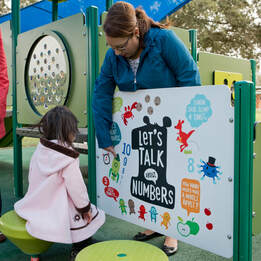
Literacy and Language: Element encourages early childhood language and brain development
Problem Solving: Element encourages user to find solutions to successfully engage in play
Strategic Planning: Element encourages users to develop plans to successfully engage in play
Problem Solving: Element encourages user to find solutions to successfully engage in play
Strategic Planning: Element encourages users to develop plans to successfully engage in play
STRENGTH
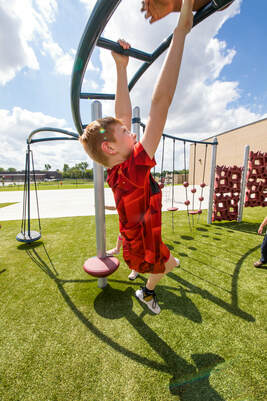
Upper Body Strength: Element challenges the user to increase arm and shoulder muscle abilities while playing
Lower Body Strength: Element challenges the user to increase leg and hip muscle abilities while playing
Core Body Strength: Element challenges the user to increase trunk muscle abilities while playing
Lower Body Strength: Element challenges the user to increase leg and hip muscle abilities while playing
Core Body Strength: Element challenges the user to increase trunk muscle abilities while playing
SOCIAL/EMOTIONAL SKILLS
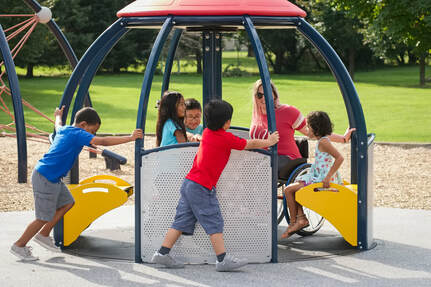
Social Skill Development: Element encourages users to use verbal and non-verbal methods of sharing thoughts and ideas during play
Imaginative Play: Element encourages users to invent scenarios from their imagination that enable them to build life skills
Cooperation: Element encourages users to work together to succeed in a play activity
Imaginative Play: Element encourages users to invent scenarios from their imagination that enable them to build life skills
Cooperation: Element encourages users to work together to succeed in a play activity

